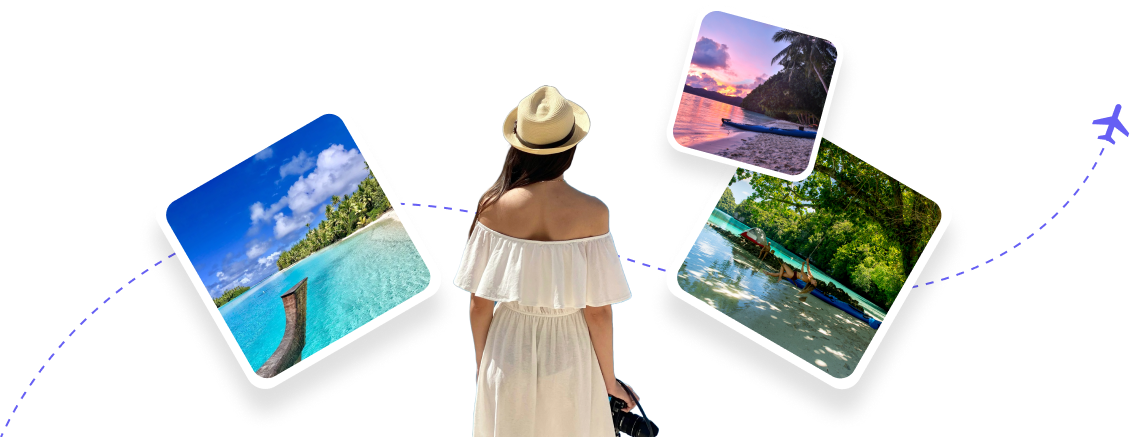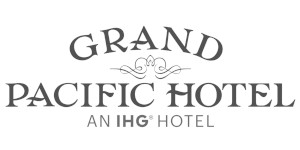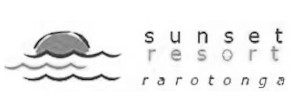Explore
Most Popular Destinations
Discover the allure of our most sought-after destinations. From pristine beaches to captivating cultural sites, each location promises an unforgettable journey.
View MoreDiscover the allure of our most sought-after destinations. From pristine beaches to captivating cultural sites, each location promises an unforgettable journey.
View MoreEstablishing its online presence in 2002, Paradises.com aims to offer a comprehensive guide to all things travel – from avoiding pitfalls to advice and the invaluable cultural aspects of your desired destination.
More About Us

Discover the ideal accommodations for your adventure. From luxurious beachfront resorts to cozy guesthouses nestled in serene landscapes, our guide ensures you find the perfect place to relax and recharge after exploring.
View MoreWe lucked out having a former president as our Tour Ambassador! That is, the former President of the Northern Mariana Islands Senate – and Edith…
August 8, 2025
“I want to come back, and I’ve only just arrived!” I declared, on viewing the lush, picturesque views of Palau…
June 17, 2025
On learning about the damaging effects sunscreen has on the ocean – as well as on our health, young Palauan…
June 12, 2025

Dive into a world of inspiration with our brand new catalogue! Whether you're seeking style upgrades, home essentials, or the latest tech innovations, our curated selection has something for everyone.
View Our Catalog
We partner with hotel chains across the globe to ensure a comfortable stay wherever you travel!






